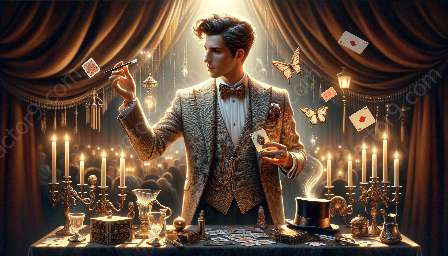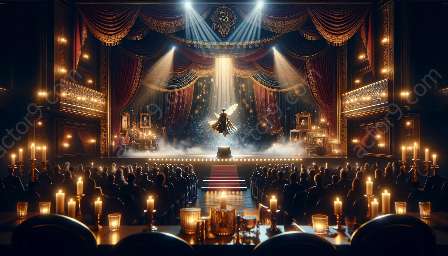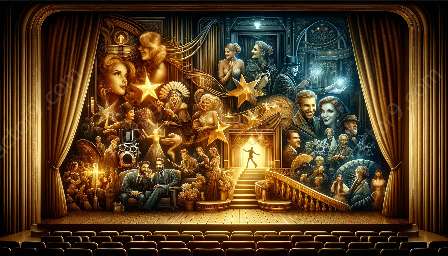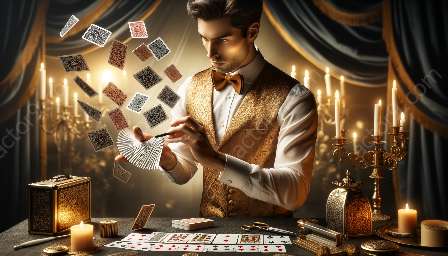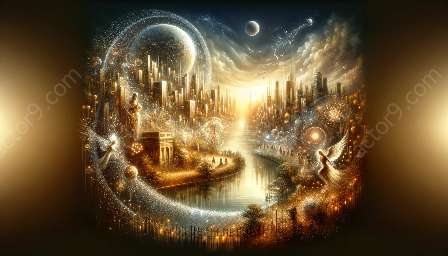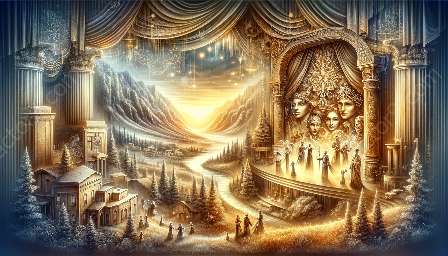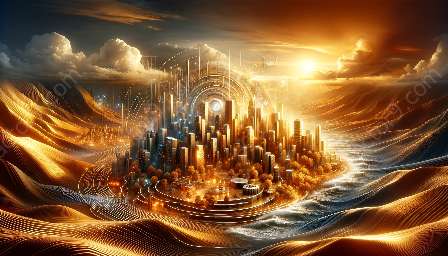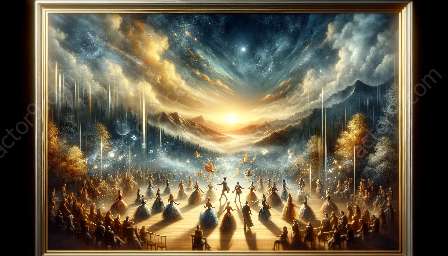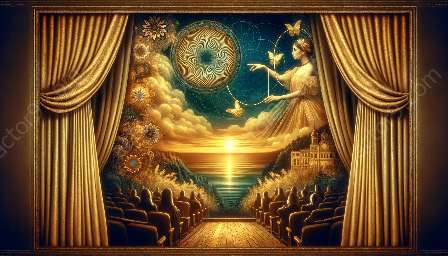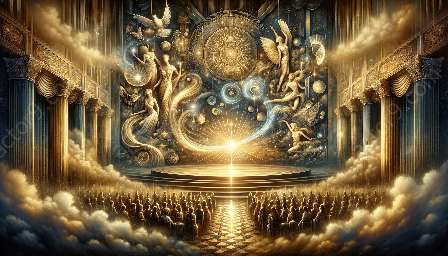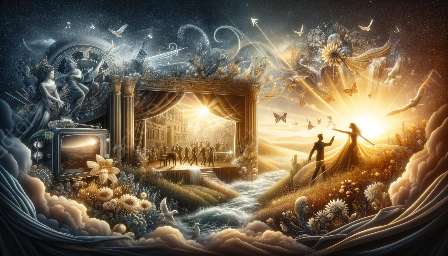From ancient myths to modern fiction, the portrayal of magical and illusionist characters in literature has undergone significant transformations over different time periods. These characters have captivated readers and audiences through their mystical abilities, intriguing narratives, and captivating performances. Let's journey through the evolution of magical and illusionist characters in literature and explore the impact they have had on the world of magic and illusion.
Ancient Mythology and Folklore
In ancient mythology and folklore, magical characters often represented the supernatural forces that shaped human existence. They were imbued with god-like powers and were often depicted as both benevolent and malevolent beings. These characters, such as sorcerers, witches, and mythical creatures, played pivotal roles in the narratives and served as agents of change, mystery, and wonder.
Medieval and Renaissance Literature
During the medieval and Renaissance periods, magical and illusionist characters continued to be prominent in literature, often portrayed as alchemists, wizards, and enchantresses. These characters were associated with the pursuit of ancient knowledge and the mastery of arcane arts. Their stories were often intertwined with themes of quest, transformation, and the mystical realms, reflecting the societal fascination with the unknown and the supernatural.
Enlightenment and Romanticism
The Enlightenment and Romanticism eras witnessed a shift in the portrayal of magical and illusionist characters. While the rationalist ideals of the Enlightenment sought to demystify the world, Romantic literature embraced a renewed fascination with the mysterious and otherworldly. Magical characters were often portrayed as enigmatic figures, embodying the forces of nature, the uncanny, and the sublime. They became symbols of rebellion against societal norms, and their tales evoked a sense of awe and wonder.
Victorian and Gothic Literature
The Victorian and Gothic literature of the 19th century introduced an era of dark, haunting magical characters. From mesmerizing vampires and brooding sorcerers to sinister illusionists, these characters delved into the realms of the macabre and the supernatural. Their stories often explored themes of forbidden desires, psychological intrigue, and the allure of the unknown, reflecting the cultural fascination with the mysterious and the unexplainable.
Modern and Contemporary Fiction
In modern and contemporary fiction, magical and illusionist characters have adapted to reflect the complexities of the modern world. From the emergence of complex anti-heroes to the portrayal of magicians in urban fantasy settings, these characters have evolved to resonate with contemporary audiences. They continue to embody themes of power, sacrifice, and the blurring of reality and illusion, captivating readers and viewers in a world where magic and technology intersect.
Impact and Influence
The evolution of magical and illusionist characters in literature has left an indelible mark on the world of magic and illusion. Their enduring appeal and transformative narratives have inspired real-world magicians, illusionists, and performers, shaping the art of magic and illusion as forms of entertainment and artistic expression. By examining their evolution over different time periods, we gain a deeper understanding of how these characters have transcended literary boundaries to become enduring icons of wonder, mystery, and the extraordinary.


